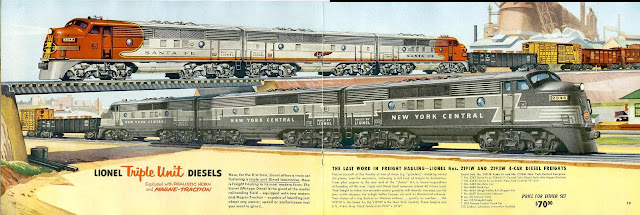On Sunday, October 25, 2015, Blondie ran an unusual sequence. The Bumpsteads hosted a Halloween party, and a remarkable assortment of guests showed up (click on image to enlarge).
There have been character cameos in Blondie before -- and cameos in other comics as well. But there were some interesting features about this particular collection assembled by Blondie's creative team, Dean Young and John Marshall. First, most of the characters are from
King Features Syndicate strips, the syndicate that also distributes "Blondie." (I've noted the exceptions in the character key below)
Second, all the strips are currently in production, releasing new material on a daily basis (albeit not necessarily from the founding creators).
Note panel B -- it's filled with kids. And note that all the teenage and young adult characters -- Dustin, Luanne, and Jeremy (from Zits) are all using their smartphones. Some characters appear more than once, and some King Features characters don't appear at all.
An interesting sequence, and -- for a comics nerd like me -- one that was great fun.
Character key:
Panel A
1. Prince Valiant from "Prince Valiant" by Mark Schultz and Thomas Yeates
2. Snuffy Smith from "Barney Google and Snuffy Smith" by John Rose
3. An unnamed character from "Rhymes with Orange" by Hilary Price
4. Hi and Lois Flagston from "Hi and Lois" by Brian Walker, Greg Walker, and Chance Browne
5. Darryl and Wanda from "Baby Blues" by Rick Kirkman and Jerry Scott
Panel B
1. Dustin Kudlick from "Dustin" by Steve Kelley and Jeff Parker
2. Marvin Miller from "Marvin" by Tom Armstrong
3. Dennis and Alice Mitchell from "Dennis the Menace" by Hal Ketchem, M Hamilton and R Ferdinand
4. Trixie Flagston from "Hi and Lois"
5. Tillman Tinkerson from "Take it from the Tinkersons" b y Bill Bettwy
Panel C
1. Leroy and Loretta from "The Lockhorns" by Bunny Hoest and John Reiner
2. Luanne DeGroot from "Luanne" by Greg Evans*
3. Mooch and Earl from "Mutts" by Patrick McDonnell
4. Mother Goose and Grimmy from "Mother Goose and Grimm" by Mike Peters
5. Curtis from "Curtis" by Ray Billingsley
Panel D
1. B.C. from "BC" by Mason Mastroianni**
2. Marvin (again)
3. Jeremy, Walt, and Connie Duncan from "Zits" by Jerry Scott and Jim Borgman
4. Marmaduke from "Marmaduke" by Paul Anderson
5.Joe and Marcy Cobb from "Jump Start" by Robb Armstrong
Panel E
1. Beetle Bailey and Sarge from "Beetle Bailey" by Mort Walker
2. Buckles from "Buckles" by David Gilbert
3. Dilbert from "Dilbert" by Scott Adams*
4. Arlo from "Arlo and Janis" by Jimmy Johnson*
5. Oscar, Gordo, and Ed from "Arctic Circle" by Alex Hallatt
6. Rose Gumbo from "Rose is Rose" by Don Wimmer*
Panel F
Blondie, Dagwood and Daisy from "Blondie" (duh) by Dean Young and John Marshall
G
1. Hagar the Horrible and Crazy Eddie from "Hagar the Horrible" by Chris Browne
2. Garfield from "Garfield" by Jim Davis*
3. Mooch and Earl from "Mutts" (again)
4. P. Martin Shoemaker and Professor Cosmo Fishhawk from "Shoe" by Gary Brookins and Susie MacNelly
5. Lio from "Lio by Mark Tatulli*
6. Billy, Jeff and Dolly Keane from "Family Circus" by Jeff Keane
7. Earl and Opal Pickles from "Pickles" by Brian Crane++
8. Darryl from "Baby Blues" (again)
9. Goat, Pig, and Rat from "Pearls before Swine" by Stehan Pastis*
10. Crankshaft from "Crankshaft" by Tom Batiuk and Chuck Ayers
11. Elly Patterson from "For Better or Worse" by Lynn Anderson*
12. Mother Goose and Grimmy from "Mother Goose and Grimm" (again)
*Syndicated by Universal Uclick
**Syndicated by Creators Syndicate
+Syndicated by United Media
++Washington Post Writers Group
















